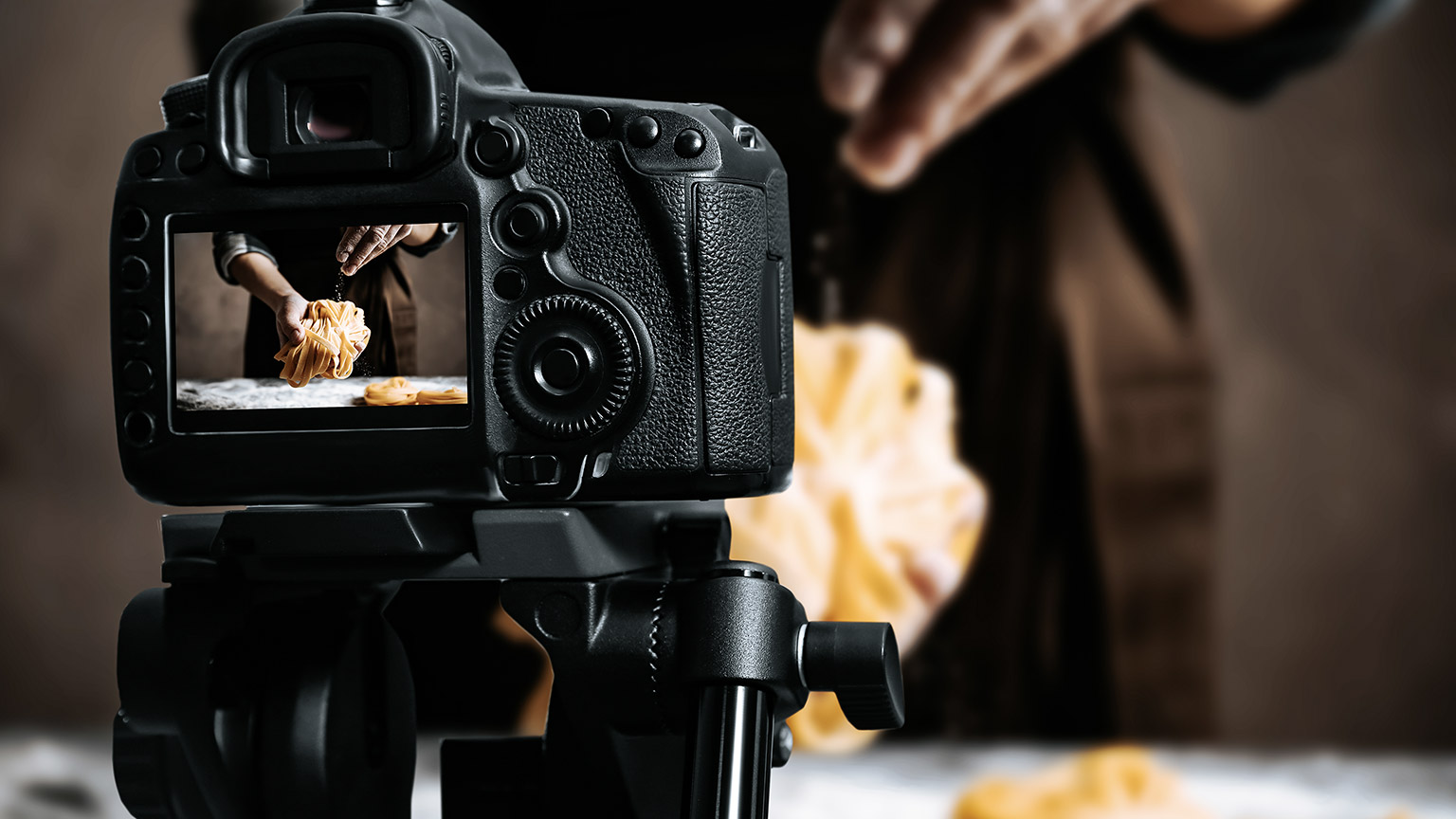In the next delivery we take a detailed look at the topic of Food Trends – the many different factors which influence what we eat today and what we will be eating in the future.
One important food trend which relates directly to modern culture is how the media, in particular the recent explosion of content on social media, influences and changes our eating habits. This has led to rapid and wide-reaching changes in the ingredients and dishes consumers around the world seek out in their grocery shops and supermarkets.
Although social media has really speeded up the change in eating habits, traditional media has been a major cultural influence for many decades. We can define traditional media as “any form of mass communication available before the advent of digital media”. (What Is Traditional Media | IGI Global, n.d.)
Watch
Exercise 26
What forms of traditional media can you name? How do you think they have affected/are affecting what people choose to buy/cook/eat?
Same question, but about digital/social media. What platforms are significant for changing the way we relate to food and ingredients? List some examples of social media accounts or personalities you enjoy or which are otherwise notable for their influence.
Examples of how media influences and affects what we eat:
1. Traditional Media – the books of Elizabeth David
Elizabeth David was a British cookery writer who wrote nine cookery books during her lifetime, with many others published after her death in 1992. Her influence started not long after the end of World War 2, and, as we discussed earlier, that was a time of rationing and austerity – a period of eating just to survive. David had spent the war in France, Greece, Italy and Egypt and was shocked at the state of British food when she returned. She began to compile lists of ingredients she missed: tomatoes, lemons, olives, garlic, rice and more.
In 1950, her first book “A Book of Mediterranean Food” was published, bringing the warmth and sunshine of the Mediterranean to the gloom of post-war Britain. She included recipes for dishes such as moules marinière, bouillabaisse, brandade, boeuf en daube, spanakopita and many others.
Her recipes frequently included garlic, and at that time garlic was regarded with great suspicion by British cooks and her books introduced “sunshine food” into Britain. Her recipes and ideas directly influenced many of the next several generations of British chefs as well as tens of thousands of home cooks.
As the London restaurant scene began to boom in the 1980s, and food quality dramatically improved, chefs such as Simon Hopkinson, Rowley Leigh, Rick Stein, Nigel Slater, Gordon Ramsay, Jamie Oliver and Prue Leith all cited her influence. Not long before her death, David visited the Michelin-starred River Café owned and run by Ruth Rogers and Rose Gray who both wore t-shirts with one of her recipes printed on the back as a mark of admiration of her influence. (Cooke, 2018)
A first edition of one of her most famous books “French Provincial Cooking” from 1960 is offered for sale on biblio.com for over $1,100.
(French Provincial Cooking by Elizabeth David - First Edition -..., n.d.)
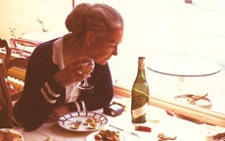
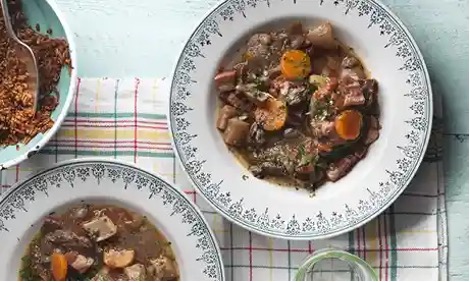
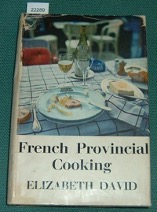
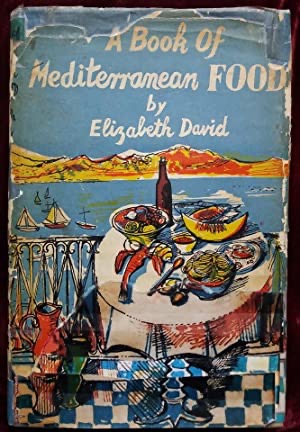
2. Digital/Social Media – YouTube
YouTube is a video sharing site now owned by Google. It is the second-most visited website online. (Alexa - Top Sites, n.d.). There are countless channels on YouTube, and thousands of channels devoted to food and cooking.
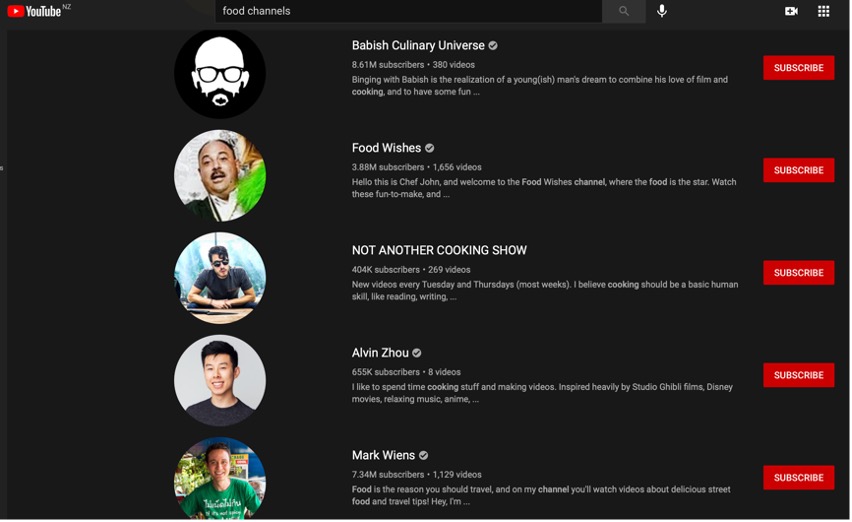
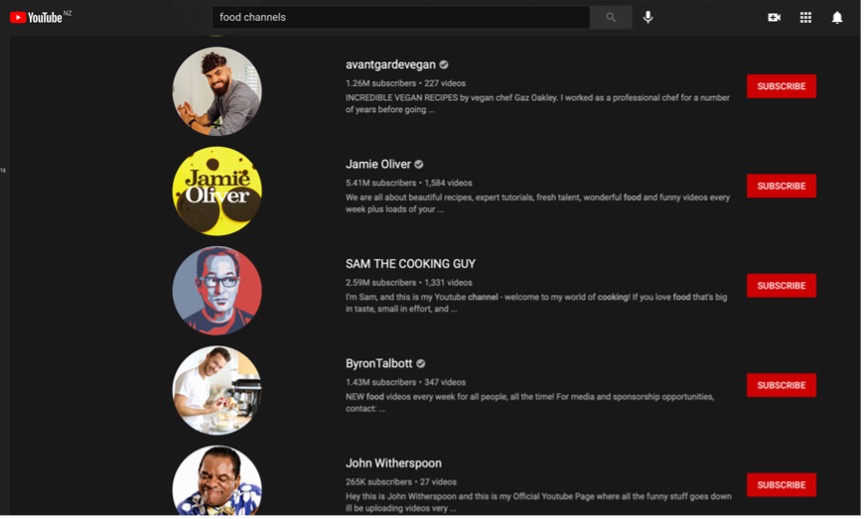
Exercise 27
Find a YouTube channel which inspires you to learn new styles of cooking, new techniques or about how different people eat in different cultures. Summarise key points about how YouTube helps get this information across. Upload the video and your key points.
Self-Directed Learning
Work on Assessment 5.1
‘Around the world’ sections will occur regularly across this module. They will be extremely useful for you in researching and preparing for your assessment.
Each one will have a slightly different focus, and will include guidance for you to help focus your research. Allow up to 2 hours for each one (this includes your SDL for the day).
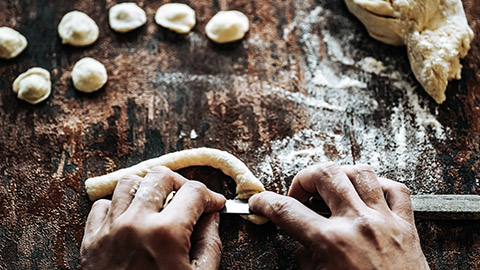
Italy
- Identify any distinct food areas within Italy
- Which foods are associated with regional and national Italian identity?
- What are the most common kinds of dishes in Italian cuisine?
- Are there any foods or dishes that non-Italian people would find strange or exotic?
- What is the influence of the Media on food in Italian culture?
- If possible, try making an Italian dish at home
History of Regional Dishes:
In your practical classes you may have already cooked some traditional dishes from around the world. Understanding how these dishes developed and the key ingredients and techniques used highlights some of the ideas we looked at for Task 1 of the Food and Culture topic we looked at earlier.
Exercise 28
Using the worksheet on the next page, research the origins and key information for one of the dishes in the repertoire for this delivery. Create a 4 to 5 minute presentation to upload to Teams or the LMS, including maps, images, illustrations and brief text to explain the dish and its history.
Worksheet Placeholder
‘Around the world’ sections will occur regularly across this module. They will be extremely useful for you in researching and preparing for your assessment.
Each one will have a slightly different focus, and will include guidance for you to help focus your research. Allow up to 2 hours for each one (this includes your SDL for the day).

Ukraine And Poland
- Identify any distinct food areas within Ukraine or Poland
- Which foods are associated with regional and national Ukrainian or Polish identity?
- What are the most common kinds of dishes in Ukrainian or Polish cuisine?
- Are there any foods or dishes that non- Ukrainian or Polish people would find strange or exotic?
- What is the influence of each country (Ukraine or Poland) on food in Ukrainian or Polish culture?
- If possible, try making a Ukrainian or Polish dish at home.
‘Around the world’ sections will occur regularly across this module. They will be extremely useful for you in researching and preparing for your assessment.
Each one will have a slightly different focus, and will include guidance for you to help focus your research. Allow up to 2 hours for each one (this includes your SDL for the day).
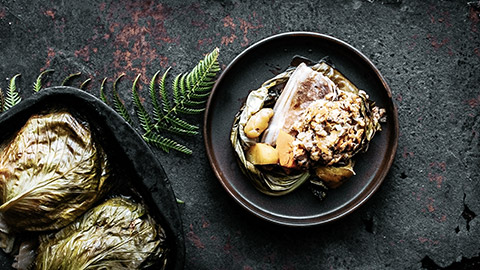
Māori And Pasifika
- Identify any distinct food areas within the geographical area associated with Māori and Pasifika peoples.
- Which foods are associated with Māori and Pasifika people’s identities?
- What are the most common kinds of dishes in Māori and Pasifika cuisine?
- Are there any foods or dishes that non-Maori and Pasifika people would find strange or exotic?
- What is the influence of food production and technology on food in Māori and Pasifika people’s culture?
- If possible, try making a Māori or Pasifika influence dish at home.
